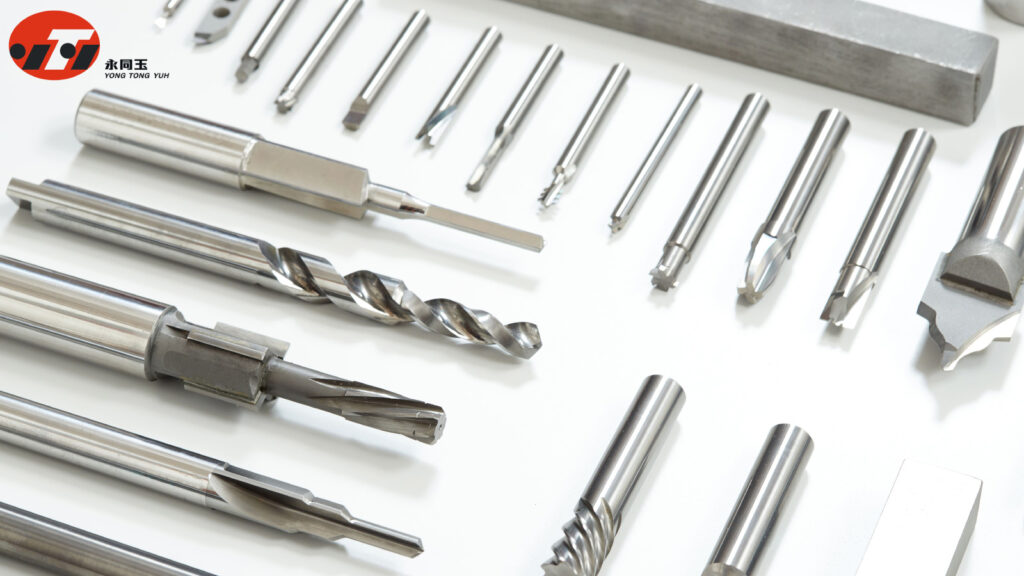
YTY Tools specializes in manufacturing customized tungsten carbide forming cutters, widely applied in the automotive, aerospace, construction, metalworking, woodworking, medical equipment, and electronics industries. Our cutters are designed for high-speed and high-temperature machining. In CNC processing, tungsten carbide forming cutters can precisely complete complex shaping requirements in a single pass, reducing machining time while ensuring high precision and consistent quality.
- Tungsten carbide – extremely hard, heat-resistant, ideal for high-performance cutting.
- High-speed steel – tough, durable, suitable for versatile forming applications.
Key Features
- High precision – Engineered for tight tolerances, ensuring exact specifications.
- Hardness & durability – Resistant to heat, pressure, and heavy cutting forces.
- Versatility – Available in a wide range of shapes, sizes, and designs.
- Cutting edge variety – Straight, serrated, or concave edges for different applications.
- Coated surface – TiN or TiCN coatings improve hardness, lubricity, and heat resistance.
Industry Applications
- Automotive/Motorcycle – body panels, engine parts, transmission elements
- Aerospace – fuselage panels, wing components, turbine parts
- Construction – steel beams, trusses, roofing components
- Metalworking – machinery parts, tools, appliances
- Woodworking – furniture, cabinets, flooring
- Medical devices – surgical instruments, prosthetics, implants
- Electronics – smartphones, computers, consumer electronics
YTY Tools provides high-precision cutting tools and customized machining solutions designed for durability, stability, and efficiency. With our expertise, manufacturers can increase production capacity, ensure consistent quality, and build long-term competitive advantages for sustainable growth.
